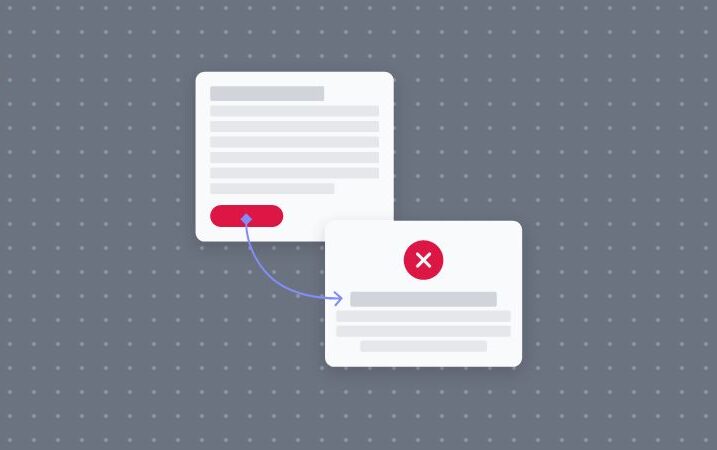Good UX / UI design is functional and aesthetically pleasing. Great UX / UI design solves a problem. It takes a challenging end user (customer) experience and optimizes it into opportunity. There are many distractions that can pull designers – especially those early in their career – away from great, problem-solving design. This guide looks at those distractions in detail and provides some tips and tricks for staying the course. But first, let’s recap the responsibilities of a UX / UI Product Designer.
What Is Product Design?
Product Design is the research, creation, and ongoing improvement of digital products. It’s a holistic role that has ownership over the entire UX (user experience) and UI (user interface) process. Learn more about UX / UI Product Design.
Key Responsibilities Of A UX / UI Product Designer
- Designing and creating mobile and/or web interfaces
- Product roadmaps
- Analyze projects for ROI (return on investment)
- User research
- Customer journeys and user flows
- Wireframing and prototyping
- Manage a team of UX and/or UI designers
Avoid These Common Mistakes As A New UX / UI Product Designer
1. Overlooking design requirements
Sometimes, design requirements are vague. The project owner – whether it be marketing, development, or senior management – may not have a clear vision for all design needs. Eager to please, beginner designers often jump into a project without first clarifying goals, objectives, and format of final deliverables. This can ultimately cause misunderstandings and friction between the designer, project owner, and other stakeholders.
How to avoid this mistake
It’s always worth investing the time upfront to discuss project requirements in detail. These discussions are especially valuable as a live meeting (rather than email) as it gives both sides an opportunity to iterate on requirements real-time. Before or during the meeting, designers may have the project owner fill out a brief to clearly and concisely capture goals and expectations.
2. Prioritizing aesthetic design over solving a problem
Making a beautiful product is just one aspect of the design process but it’s not the most important. Scott Dunay, Flatiron School Product Design Instructor, demonstrates this concept well in this YouTube video at the 24:12 mark. He shares a website that has impressive designs and animations but many participants described it as busy and confusing – two things that can be counterproductive to solving problems.
How to avoid this mistake
Conduct market research. Who are the end users (customers) and what are they looking for? What are competitors doing? This approach helps ensure that product designs are practical, functional, and serves a purpose for the end user.
3. Handling feedback poorly
Constructive feedback and different perspectives can be incredibly valuable in iterating and validating designs. However, it can be difficult to accept critique on your work, even for the most senior designers. Beginner designers are especially susceptible and some may take offense. It’s important to remember to stay neutral, avoid being defensive, and always keep an eye on designing the right product for the end-user.
How to avoid this mistake
Keep an open mind. Listen, ask questions, and be open to collaboration as well as changes. If you feel yourself getting upset don’t react on-the-spot. Digest the feedback and follow up at another time, once you’ve had a chance to fully understand and craft a response.
4. Working under pressure
Michael Jordan, Tom Brady, Joe Montana – all people who work great under pressure. But the thing about pressure is that the chances of error are heightened. As a designer, it’s best to avoid this unnecessary stressor. Deadlines can make it difficult to produce great work so plan ahead and avoid procrastination whenever possible.
How to avoid this mistake
Be clear on all deadlines and deliverables and find a system of organization that works for you.
So there you have it – four common mistakes to avoid so you can be the best UX / UI Product Designer you can be. Want to learn more? Get a glimpse of what you’ll learn with Flatiron School’s Product Design course or see for yourself by signing up for a free, instructional event.




